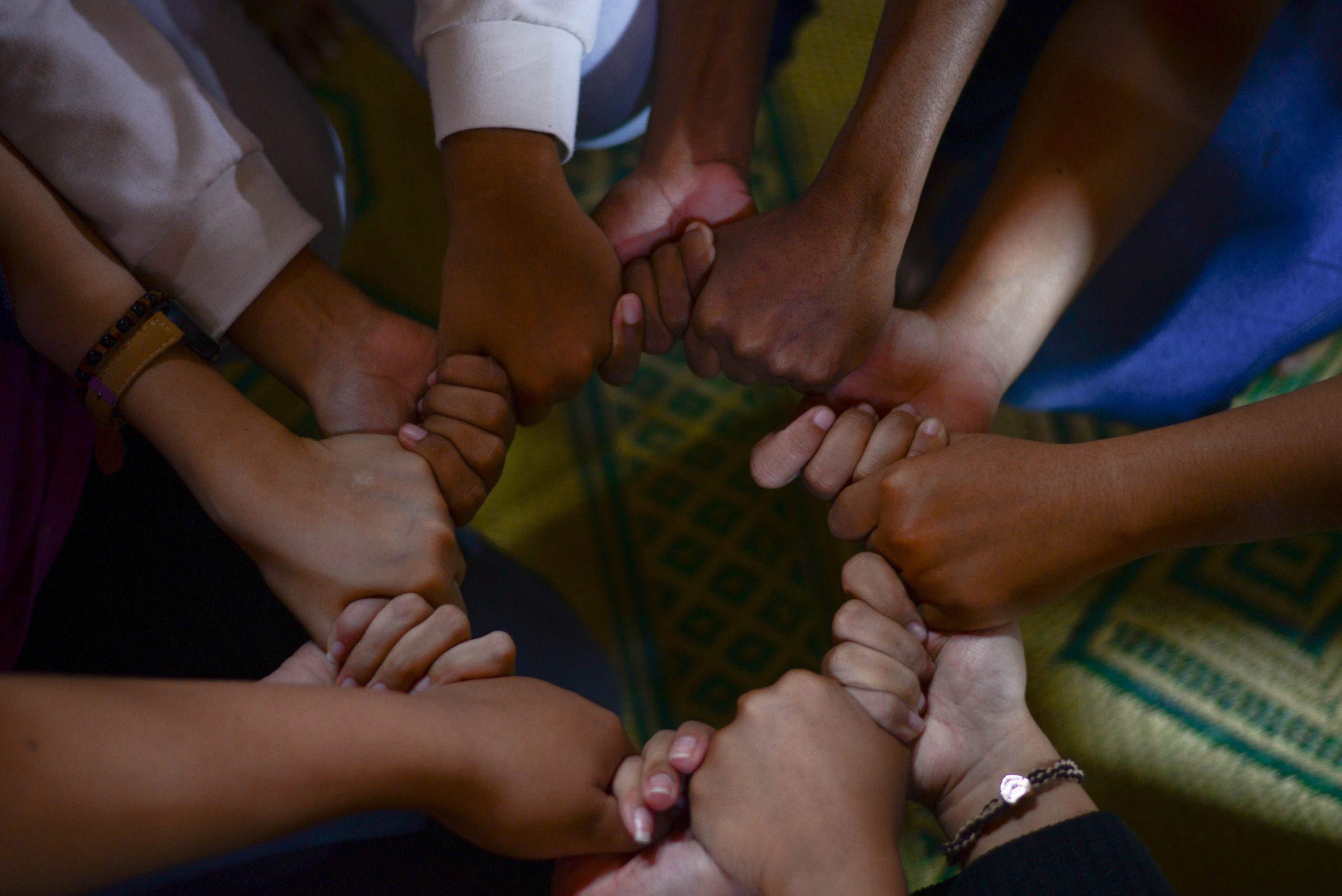Multiracial People, we are "Normal" Now.
 Jason Smith
Jason Smith
December 8, 2020

So are you adopted?
This question haunted my childhood. People would see my mother and then see me and ask me if I were adopted. I mean, I was a brown kid and my mom is super pale. This inevitably resulted in me needing to explain that my dad is black and my mom is white and that’s why I am the way I am.
I remember filling out forms at school and you would inevitably get to the part where it asks your race. In those dark ages of the late 90s, it would say “check one”. I would look up and down for the “mixed” or “multiracial” option but alas, it was never there. This forced me to decided whether I wanted to be “black” or “white”.
I begin doing mental calculus to figure out which race I should choose for today. Perhaps one is more advantageous than the other in a given situation. It did upset me though as I couldn’t be who I wanted to be. I had to be who they wanted me to be. I had to choose a race to identify as.
Eventually I just stopped caring and marked both black and white. I know it said “check one” but hey, what are they going to do about it? I am simply writing the truth, not my fault that their forms are behind the times.
As I got older, I began to realize, this was more than just forms and uncomfortable questions. This was indicative of how society viewed race and identity.
People like me shouldn’t exist.
That’s the message I was getting. There weren’t a ton of people like me in the media. I cannot acknowledge that I exist as a multiracial individual on government forms. Now in the year 2000, the US Census finally allowed people to identify as one or more races but not everyone got the memo. My high school still required you choose only one race on a form in the mid 2000s.
In the late 2000s, as we are talking about possibly electing the first black and first mixed president, my university sends a campus wide email saying that the forms have been updated and we can now choose one or more races on the form. This was great because as we all know, Mixed people didn’t come into existence until 2008 (he said sarcastically).
Roughly around this time, someone I used to respect told me that it was essentially a sin to miscegenate. This coming from an evangelical Southern Baptist man. He was so certain that God would punish people for marrying outside their race. This was (unfortunately) a very common belief.
Pastors used to speak about the sins of interracial marriage. Bob Jones University, a prominent Christian university, banned interracial dating on campus until the year 2000. It was an offense punishable by expulsion.
The idea of being with someone from another race was terrible for a large portion of the country. “You will destroy our tradition”, “you will destroy the American family” and more. The existence of multiracial or mixed individuals was a major taboo.
I also want to be very clear, this isn’t a solely white problem. All races have demonstrated some form of bigotry towards mixed relationships. I have been out with a Korean whose parents were upset that I wasn’t one. You can watch The Big Sick where Kumail Nanjiani speaks about his traditional Pakistani American family having issue with him being involved with a white girl.
But things are changing.
I wasn’t going to leave on bad news. During Thanksgiving week, I spent a lot of time sitting and watching Hulu, catching up on shows. I noticed something when watching commercials. There were a lot of interracial couples and no one cared. It wasn’t one of those “Hey, look at how woke we are, we have a mixed race couple on TV”. They just treated the relationship like it was any other relationship.
It wasn’t that long ago (2013) when Cheerios created a commercial featuring a mixed race family. Unfortunately, it drew in a lot of racist responses. I am certain the commericals we see today get some kind of hate but the fact that they still make them shows that we as a collective are moving forward. There will always be people who lag behind because of their broken views of the world but we can’t let that hold us back.
Pew research shows that one-in-seven babies born in 2015 was mixed race. That’s about 14% of all new babies. This means that within a few generations, mixed people will be the norm.
There will likely be a future where my kids don’t have to deal with the same BS I had to deal with. We still have a ways to go, absolutely. But we are making headway!